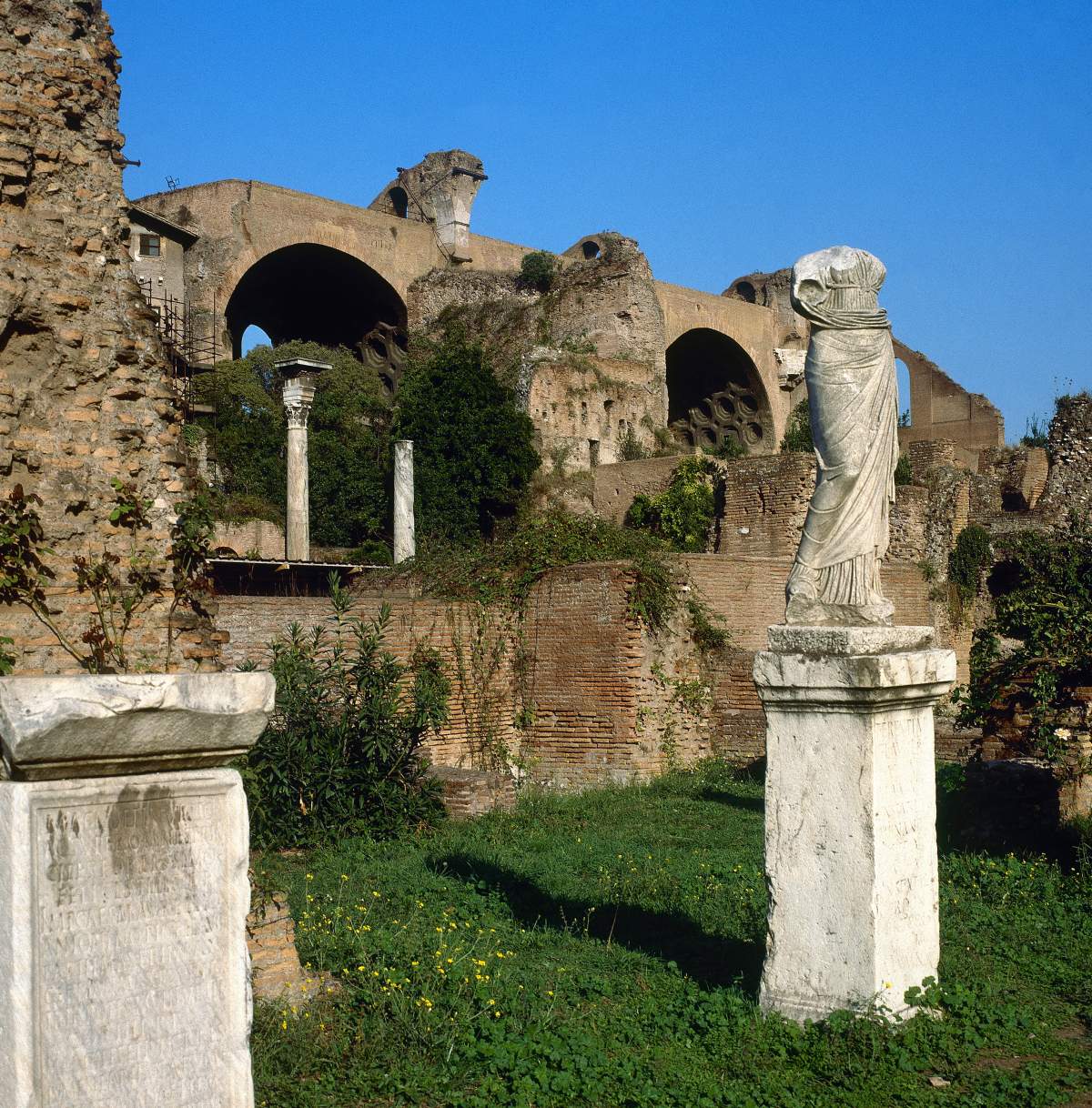Many people want to leave their mark on history, but scratching your initials into ancient structures at a UNESCO World Heritage Site isn’t the wisest way to do it.

Thanks to one unnamed British tourist, travellers to Pompeii, Italy can now view the nearly 2,000-year-old House of the Vestals with a touch of modern vandalism. The 37-year-old man was spotted by staff at the historical site as he used a blunt object to make five carvings on an external wall of the ancient home.
The carvings, according to the Italian news agency ANSA, are the man’s own initials, the initials of his daughters and the date of the engravings, Aug. 7. The engravings, located next to a frescoed doorway, read, “JW LMW MW,” positioned above another reading, “MYLAW 07/08/24.”
Staff at the UNESCO World Heritage Site reported the vandalism to police.

Get daily National news
The tourist reportedly apologized to Italian authorities and said he’d intended to leave a sign of his family’s visit to the Pompeii ruins.
The British traveller has been charged with “damage to artistic heritage,” which carries a fine of 20,000 euros (about C$30,000) to 60,000 euros (C$90,000) and a possible jail term of up to five years, according to CNN. He may also face a lesser charge for defacing heritage sites, which carries a fine between 10,000 euros and 40,000 euros.
Officials for the ancient site have not commented publicly on the vandalism.
In the past, cultural ministers have said tourists who have made similar engravings at the Pompeii ruins would have to personally pay for restoration.
Pompeii was destroyed after Mount Vesuvius erupted in 79 C.E. and buried the city and its people in volcanic ash. The ruins have been well-preserved since, with millions of tourists flocking to witness the stunning architecture and lavish decor every year.
Vesuvius is considered an active — yet idle — volcano and last erupted in 1944.
The ruins of Pompeii are located near the city of Naples in the Campania region of Italy.
This incident of vandalism is far from the first time that a tourist has been caught defacing an ancient monument. Last year, several travellers in Rome were spotted carving into the nearly 2,000-year-old Colosseum.

Poor behaviour from tourists — including the photographed groping of statues, capsizing gondolas and prohibited surfing of Venice’s Grand Canal — as well as rising costs in Italy’s major cities has soured many locals’ hospitality toward tourists. The feelings are seemingly spreading across Europe, where anti-tourist sentiment has gripped a number of destinations, including Spain.








Comments